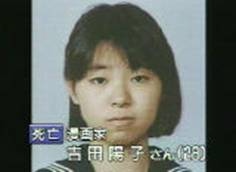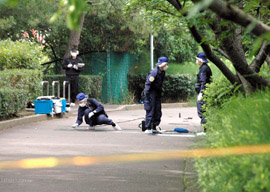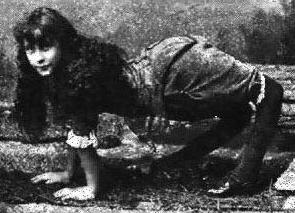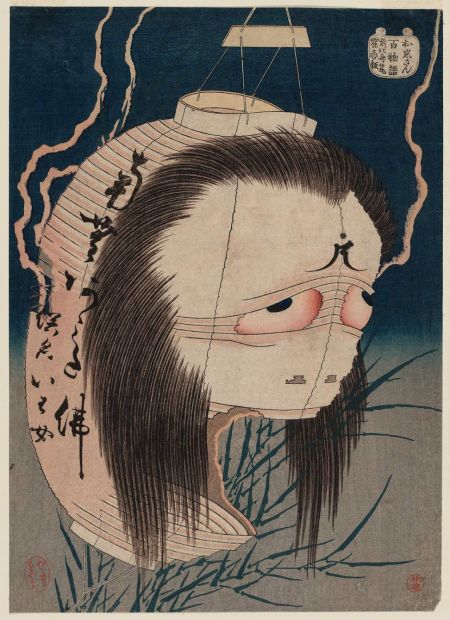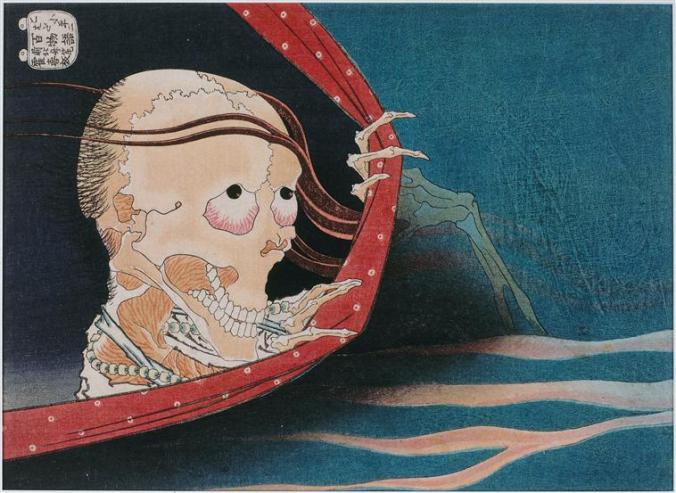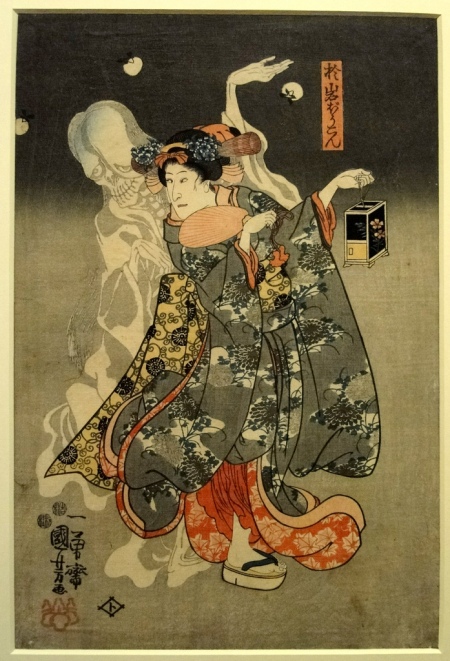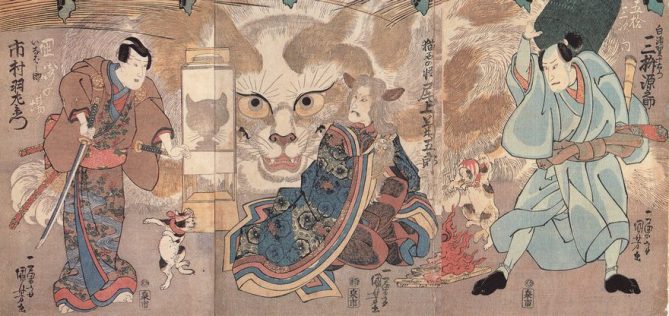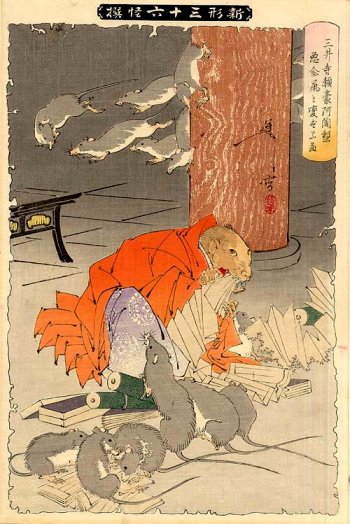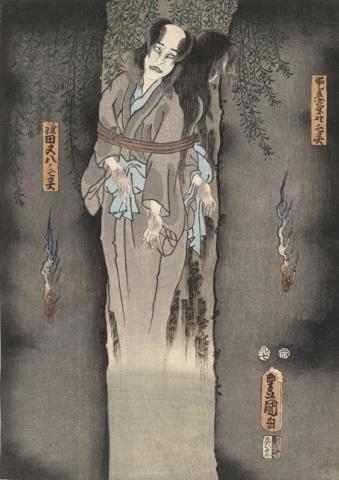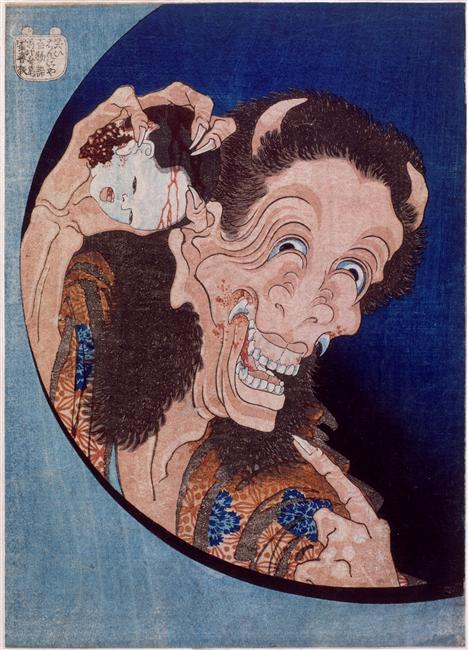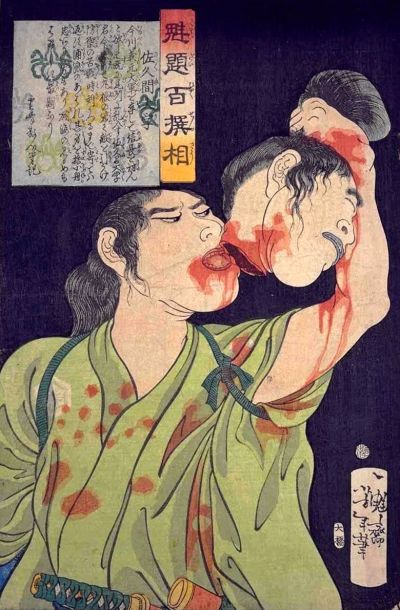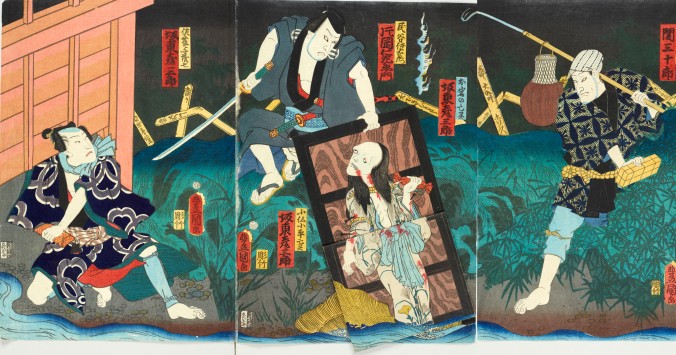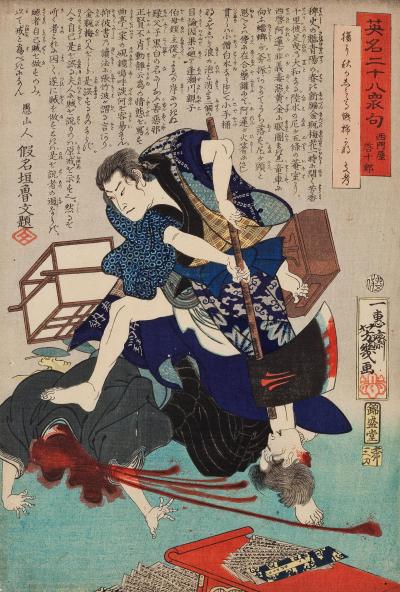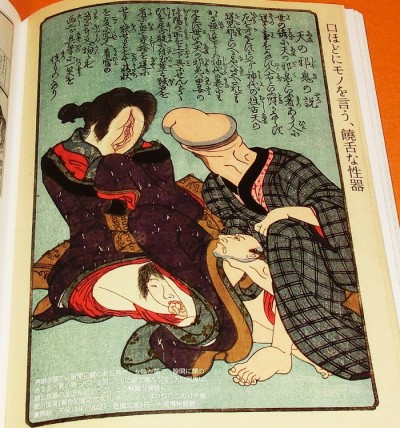
On May 20, 1973, legendary actor and martial artist Bruce Lee told his friend (and mistress) Betty Ting that he had a headache. Lee took some Equagesic, a kind of painkiller, and then decided to take a nap. When Ting later fetched Lee for dinner, she found the superstar unresponsive. After Lee’s producer and doctor arrived, nobody could manage to wake Lee up, and he was promptly rushed to the hospital.
Unfortunately, it was already too late. Bruce Lee, at the mere age of 32, was dead. While the doctors ruled his case “death by misadventure,” it was believed that Lee had an allergic reaction to the painkiller he took, causing cerebral edema. Naturally, fans were devastated. How could a guy as fit and extraordinary as Bruce Lee die so unexpectedly? No less from an allergic reaction? Surely something happened behind the scenes.
Personally, I’m inclined to believe the official diagnosis. Like the cases of Marilyn Monroe and Elvis Presley, some people just refuse to believe that such beautiful and amazing icons could die as plainly and tragically as the rest of us. Since Lee’s sudden death 46 years ago, a number of theories have popped up questioning the conventional narrative, many of them ridiculous. As a big Lee fan and skeptic, I’ve compiled a list of five of the bigger theories surrounding his death, clearing up and debunking the claims of the most outlandish and sensational.
1. Bad Feng Shui
According to the ancient Chinese idea of feng shui, a life force called qi flows all around us. To maximize that energy, and bring good fortune to yourself, you need to organize your house, furniture, and Bruce Lee DVDs in a way that won’t block qi. Depending on where you situate your stuff, the place of an object can affect everything from your health to financial status.
When Bruce Lee moved to a house in Hong Kong’s Kowloon Tong district, it was said that the building suffered from bad feng shui. According to Lee biographer Bruce Thomas, the house’s two previous owners had financial issues, and the building “faced the wrong way,” and had disturbed natural winds. To fix this problem, a feng shui adviser ordered a mirror to be put on the roof. This was supposed to deflect the bad energy, but the mirror was knocked off during a typhoon.
Ominously, Lee died just two days after the charm was blown away. While some of Lee’s neighbors apparently linked the two events at the time, the problem with this theory is that feng shui is nothing but a superstition. There’s no scientific evidence for any of its tenets, including qi. At most, feng shui could be regarded as a kind of art. Lee’s death after the loss of his mirror is a simple coincidence. Moreover, Lee died in Betty Ting’s apartment, not in his own house.
2. Murder
The abruptness of Bruce Lee’s death, combined with his extraordinary fitness, made some fans wonder whether something more sinister was at work. People who believe that Lee was murdered have put forward a line-up of suspects. One popular suggestion is that he was poisoned. James DeMile, an American martial artist who’d trained with Lee, argued that his old teacher was poisoned by enemies in the Hong Kong movie industry.
Proponents of this theory sometimes point to producer Raymond Chow as the mastermind behind Lee’s “murder.” Golden Harvest, a studio Chow helped to establish, made most of Lee’s kung-fu movies. (Enter the Dragon was a co-production between Warner Bros and Concord Production Inc., the latter a company founded by Bruce Lee and Raymond Chow). Since Lee had ambitions to become a Hollywood star, the story goes that Chow had him killed so he wouldn’t lose such a valuable cash cow.
In actuality, Chow had nothing to do with a murder plot, but his exploitative behavior probably went a long way toward promoting this theory. After Lee’s death, Chow tastelessly finished the actor’s last work Game of Death, using a body double and including real footage of Lee’s funeral in the movie.
3. The Gangster Connection
Another variation on the murder hypothesis involves Chinese gangs known as triads. In addition to drug trafficking, counterfeiting, and controlling prostitution rings, triads have also had an influence in the Hong Kong movie industry. In some cases, movie studios even hired gangsters to intimidate popular actors into accepting lower pay for their work.
There isn’t any strong evidence that Lee was connected with triads, but they’ve made their way into his lore anyway. It’s generally understood that when Lee moved as a teen to the United States, it was because his parents were afraid that their son was getting into too much trouble at home. This decision was instigated by Lee’s fight with a boy from a powerful family, but more colorful accounts claim that the other boy had a criminal background.
According to this gangster-related theory, the triads never forgave Lee. Another alternative suggests that they killed Lee for refusing to join them, or because he couldn’t be threatened into giving protection money or taking a pay-cut. Other alterations emphasize Lee’s mistress Betty Ting, accusing her of being linked to triads. The fact that Ting would later marry Charles Heung, an actor from a triad family, is seen as further proof. Heung, however, has long tried to distance himself from the criminal underworld, and it’s frankly silly to think that Ting would have a motive in hurting Lee.
4. Heat Stroke
As far as the entries on this list go, the heat stroke theory is the only grounded and probable one. In 2018, author Matthew Polly advanced the idea in his biography Bruce Lee: A Life. Lee was sensitive to heat, and an operation he had that removed his armpit sweat glands probably made his condition worse. The day that Lee died, in fact, was extremely hot.
While he was hanging out with Betty Ting in her roasting apartment, Lee reenacted the fight scenes from his latest project, Game of Death. After he was done, Lee complained that he was tired and had a headache, both of which are symptoms of a heat stroke. Ten weeks earlier, Lee had fainted while working out in a hot room, so it’s possible that he had a second, fatal attack the day of his death.
Another medical explanation for Lee’s demise comes from James Filkins, an American doctor. In 2006, Dr. Filkins proposed that Lee fell victim to an attack of SUDEP (sudden unexpected death in epilepsy). The condition typically affects young men, and appears entirely unprovoked. If this really were the cause of Lee’s death, doctors at the time wouldn’t have recognized it, since SUDEP wasn’t defined until 1995.
5. The Lee Family Curse
It seemed certain that Brandon Lee, Bruce’s one and only son, was on track to follow in his father’s footsteps. He was not only a martial artist, but also an actor, most notably starring in the classic 1994 movie The Crow. Oddly, like his father, Brandon would die tragically and young. On March 31, 1993, while wrapping up filming on The Crow, Brandon was accidentally shot and killed by a prop gun.
Given the circumstances, it wasn’t long before more superstitious fans began to argue that the Lee family was cursed. Brandon’s death paralleled a scene in the completed version of Game of Death, in which Lee’s character Billy Lo fakes his death by getting shot on a movie set. As another piece of evidence, believers point out that Bruce’s oldest brother passed away at the age of three months. According to this reasoning, only the male side of the Lee family is affected, which is why Bruce’s daughter Shannon Lee is still alive and well.
What proponents of the curse miss (or choose to ignore) is that Bruce and Brandon weren’t the only men of the family. Bruce’s father Lee Hoi-chuen, also an actor, died from a heart attack at the age of 64. His oldest son Peter, who also suffered a heart attack, died at the age of 68. The youngest of the Lee sons, Robert, is still alive at 70-years-old. While it’s a strange coincidence that Brandon and Bruce would have such tragic ends, it’s an exaggeration to declare the Lee family “cursed.” Unfortunately, the real matter is that people as talented as Brandon and Bruce Lee are just as mortal and likely to die as the rest of us.
If you enjoyed reading this article, please consider supporting my work by pre-ordering my book “Forgotten Lives” on Amazon here. My first collection of short stories includes the company of such wonderful people as a vengeful circus dwarf, a gourmet cannibal, and a mother who convinces her daughter that aliens are coming to abduct them. If you’re up for something strange and morbid, be sure to check the book out when it hits Kindle on September 23.








